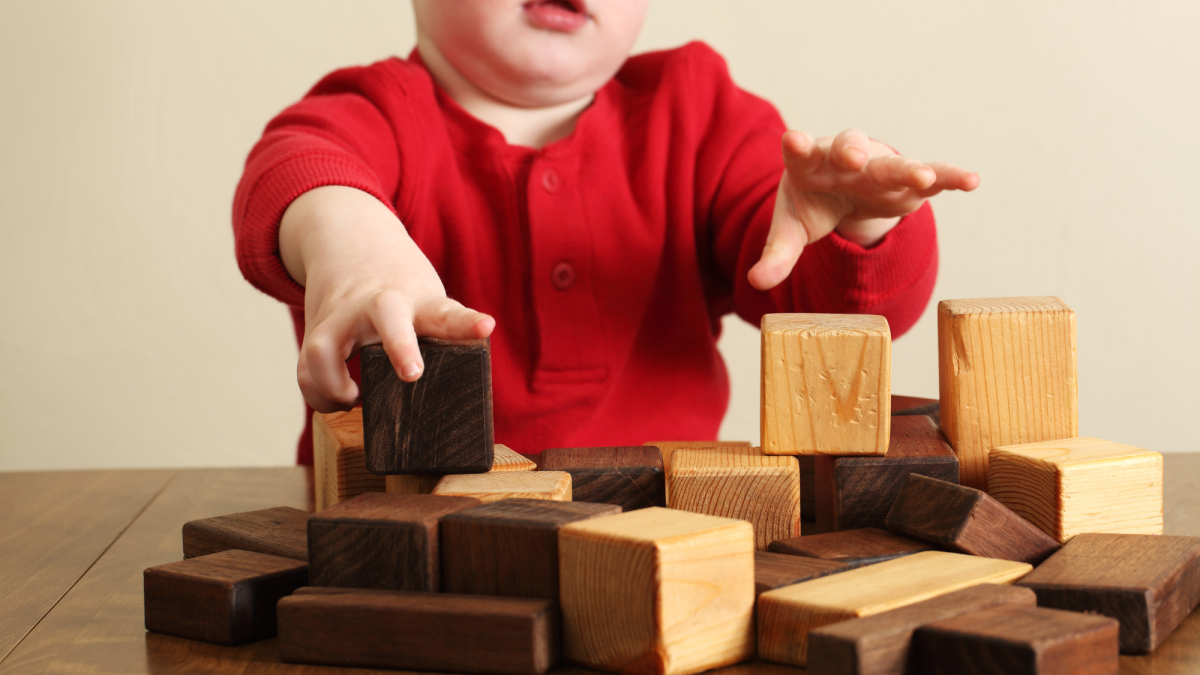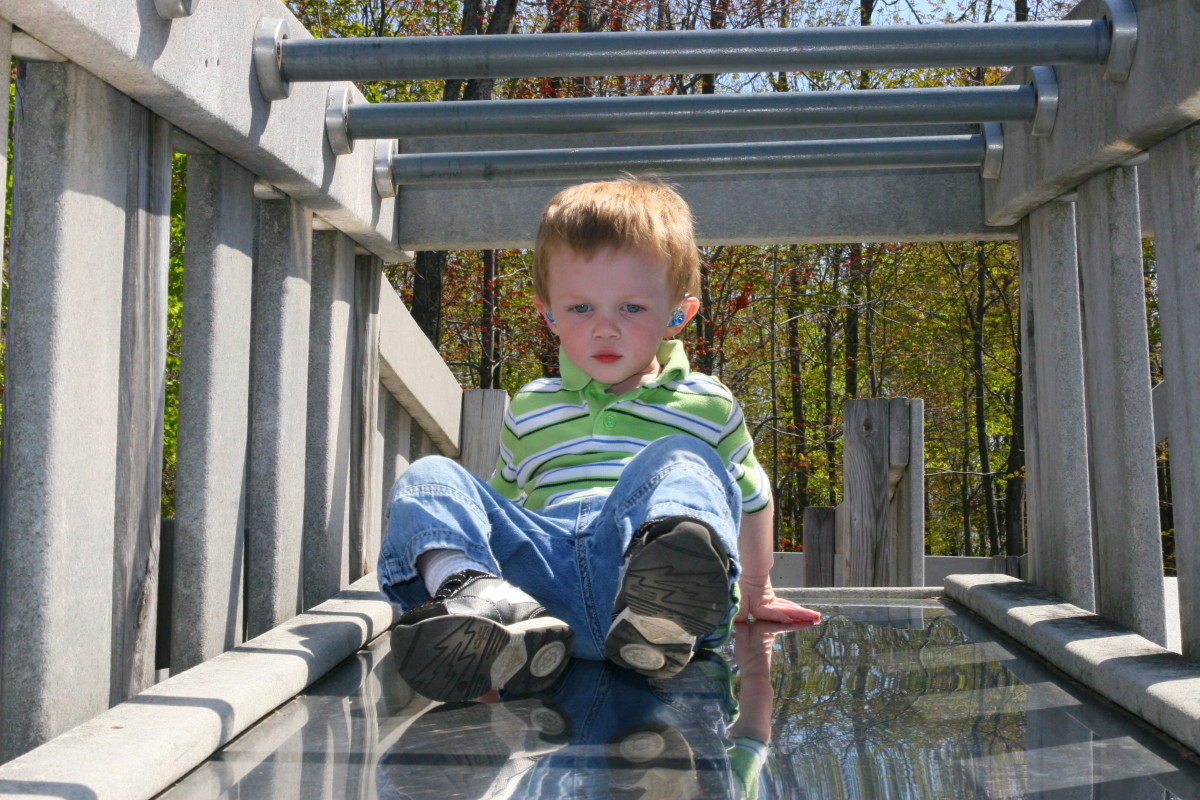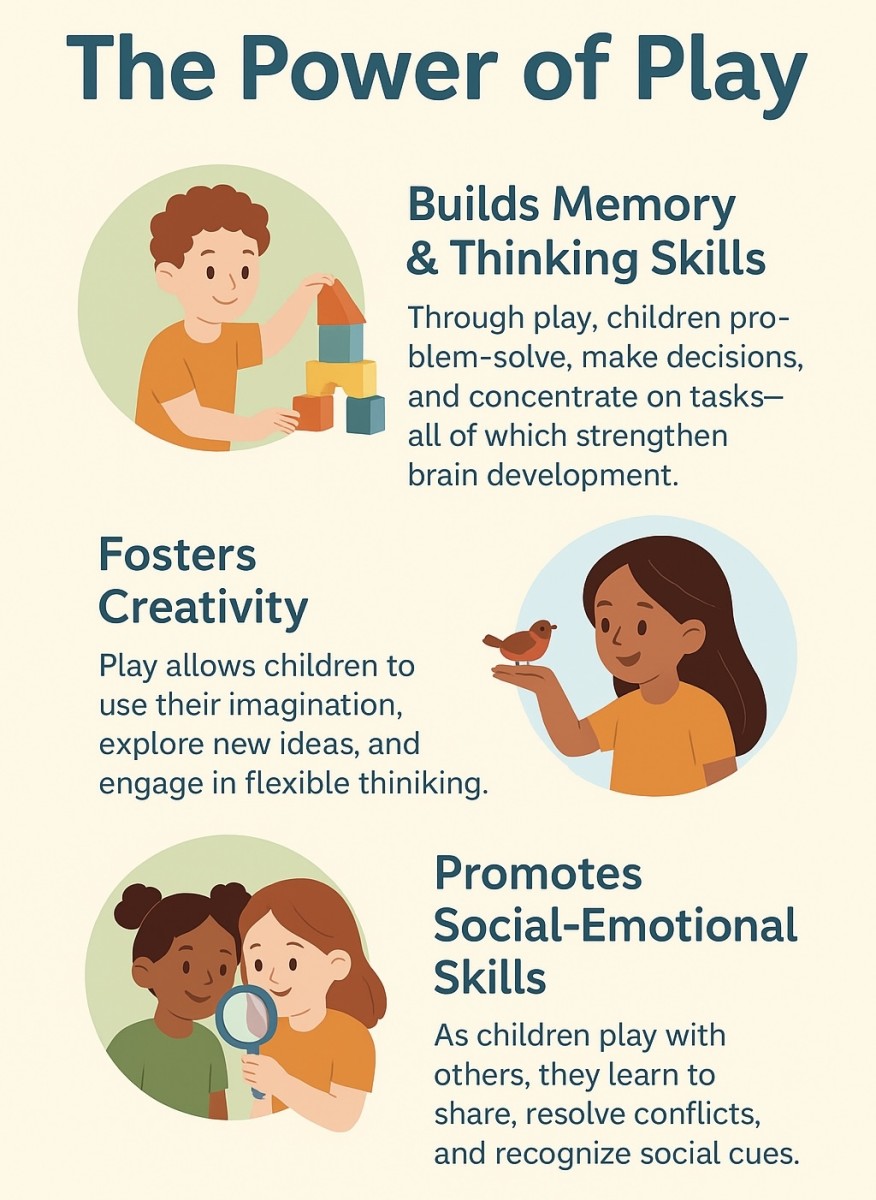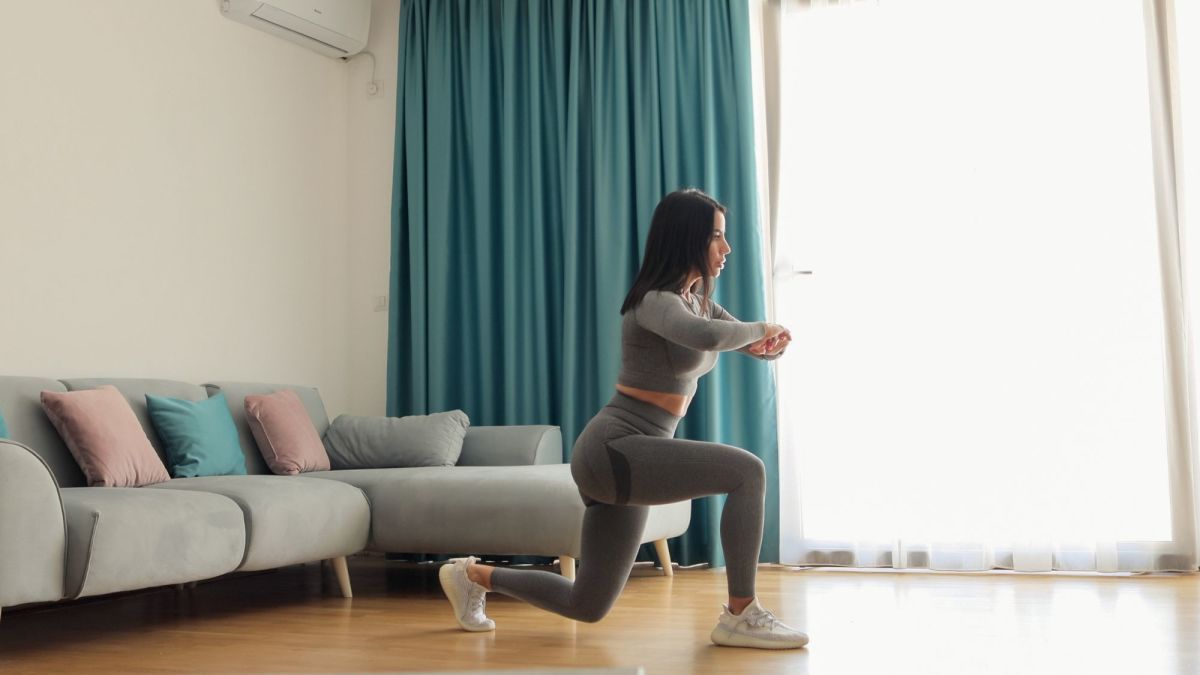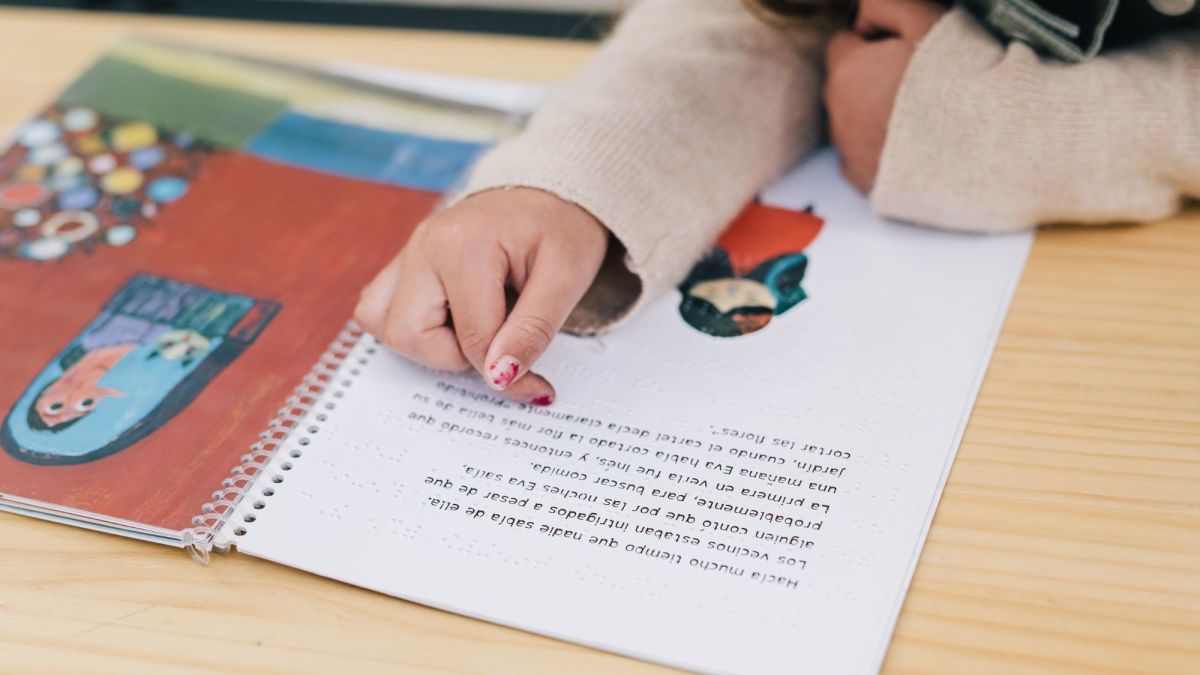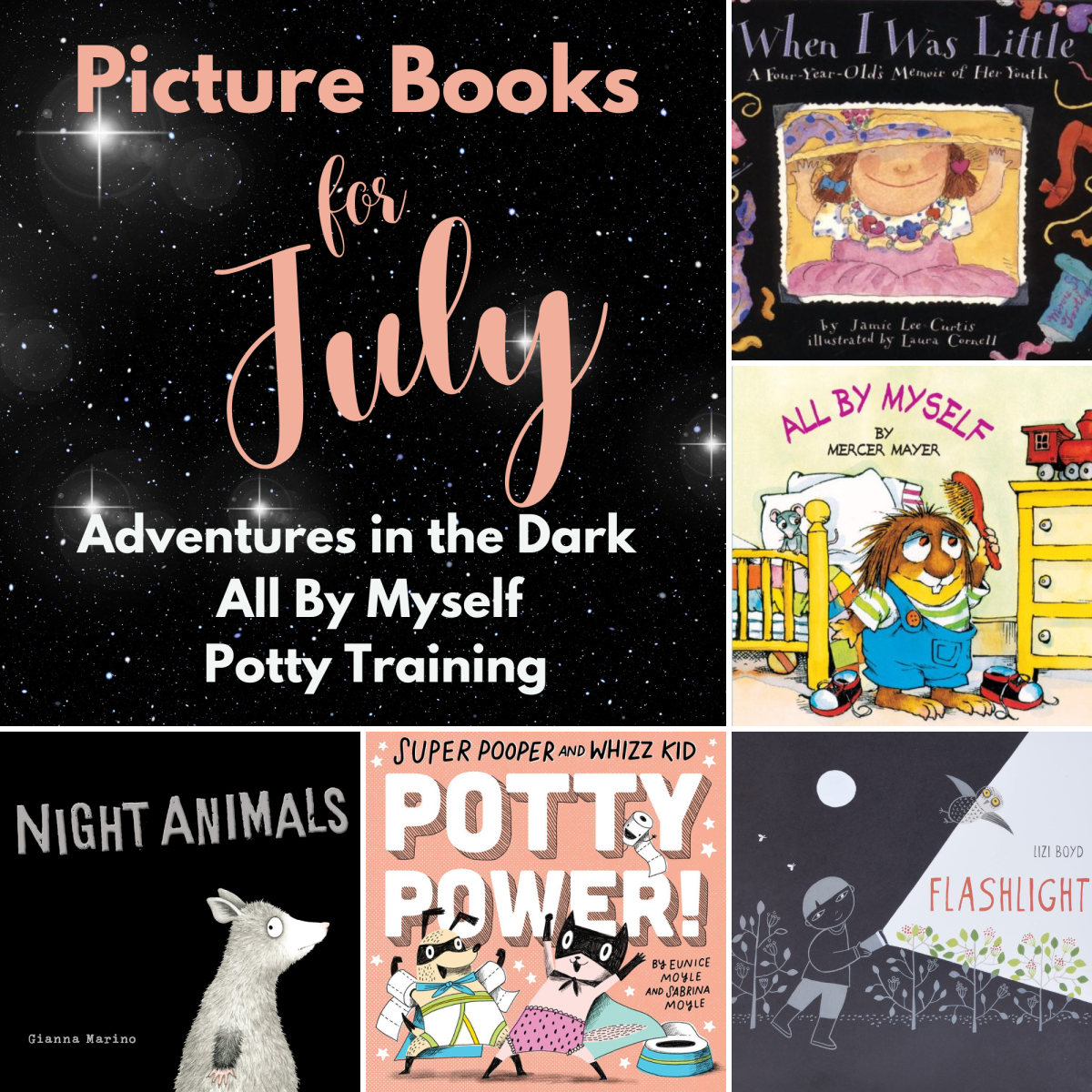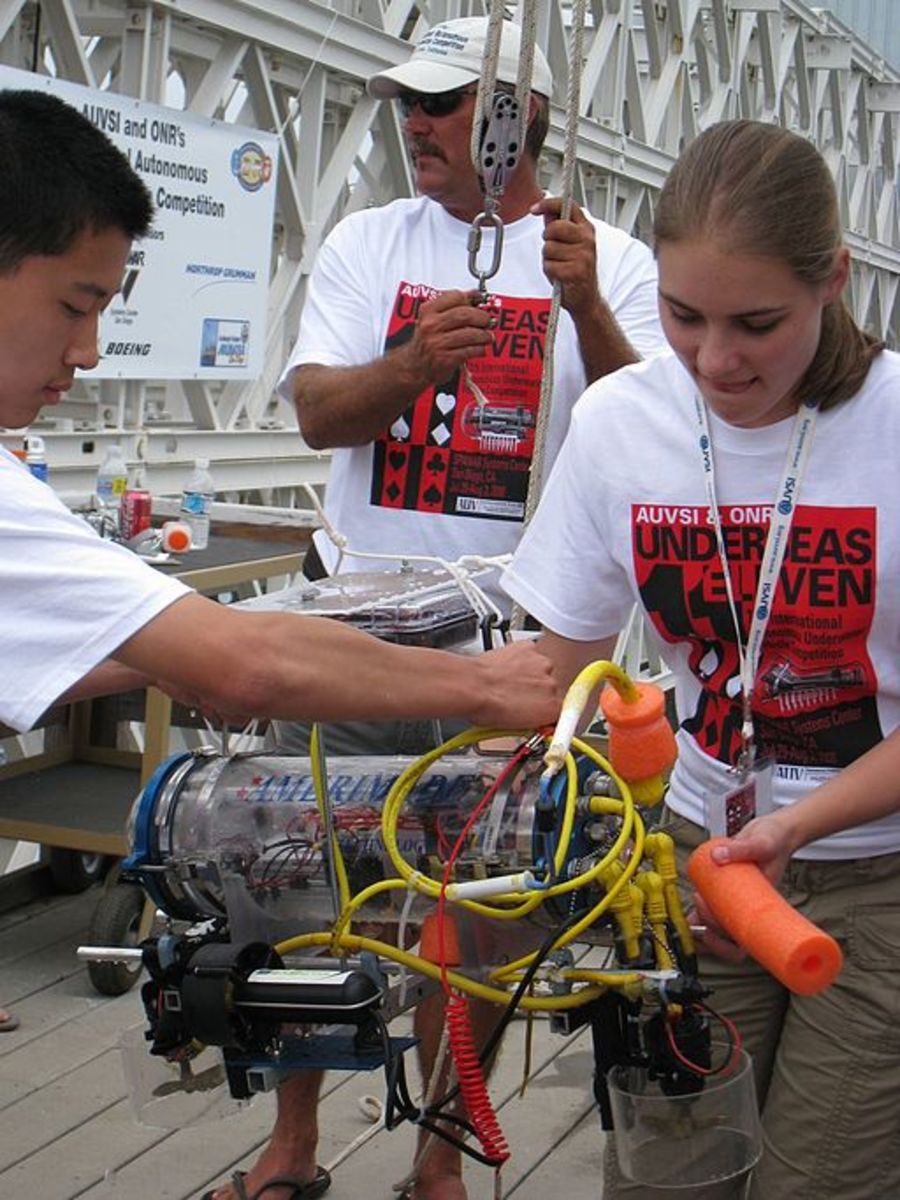20 Gross Motor Activities That Build Strength and Coordination
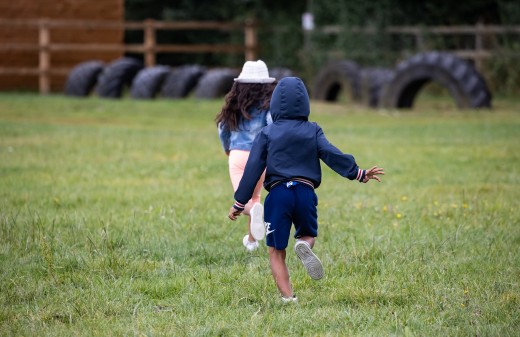
Young children are naturally wired to move, and that’s a good thing. All that running, jumping, climbing, and tumbling isn’t just play; it’s how they build the core skills they’ll rely on for everything from sports to school readiness.
Gross motor activities, the kind that use the large muscles of the arms, legs, and torso, are essential for developing strength, coordination, balance, and body awareness.
Whether you’re a parent, caregiver, or educator, adding fun gross motor challenges to your day can make a big difference.
These 20 ideas are designed to keep kids active while boosting the muscle groups and motor planning skills they need most.
What is the Diffference Between Fine and Gross Motor Skills?
Here’s a clear and simple breakdown of the difference between fine motor skills and gross motor skills, especially useful in early childhood education or parenting contexts:
Gross Motor Skills
= Big Movements
Definition: Gross motor skills involve the large muscles of the body—think arms, legs, and core. These are the movements kids use to move around and control their body.
Examples:
- Crawling
- Walking and running
- Jumping and hopping
- Climbing stairs
- Riding a bike
- Throwing or kicking a ball
Why They Matter: Gross motor skills help kids develop strength, balance, posture, and coordination. They’re essential for everyday tasks like playing, dressing, and even sitting up at a desk to learn.
Fine Motor Skills
= Small Movements
Definition: Fine motor skills use the small muscles in the hands, fingers, and wrists. These are the skills needed for precise tasks.
Examples:
- Holding a crayon or pencil
- Buttoning a shirt
- Using scissors
- Stacking blocks
- Stringing beads
- Tying shoelaces
Why They Matter: Fine motor skills support independence and academic success. Kids need them to write, feed themselves, manage clothing, and complete school
How They Work Together
Gross and fine motor development are closely linked. A child with strong core and shoulder muscles (gross motor) will have better control when learning to write or cut (fine motor). So while they’re different, they definitely support each other.
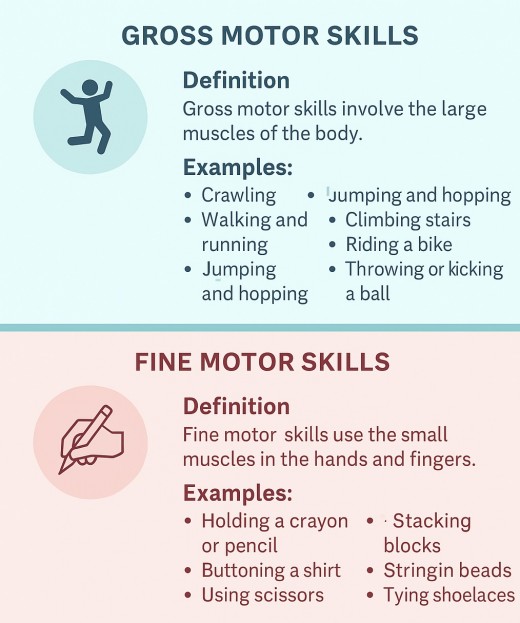
20 Activities to Improve Gross Motor Skills
1. Animal Walk Races
Ask kids to crawl like a bear, hop like a frog, or waddle like a duck. Each animal targets different muscles, and switching between movements helps with coordination.
2. Obstacle Course Adventure
Use pillows, cones, furniture, or chalk to create a course they can crawl under, jump over, and weave through. Bonus: Kids work on sequencing and following directions too.
3. Balloon Volleyball
Hang a string across the room and bat a balloon back and forth. It’s low impact, works on upper body coordination, and encourages visual tracking.
4. Scooter Board Races
If you have a scooter board (or even a flat cardboard box on a smooth floor), kids can lie on their stomachs and propel themselves with their hands. Great for core strength and shoulder stability.
5. Jumping Ladder
Tape lines on the floor like a ladder. Have kids jump with feet together between rungs, hop on one foot, or make up patterns. It improves balance, strength, and timing.
6. Push-and-Pull Games
Let them push a laundry basket filled with books or pull a wagon around the yard. These weight-bearing activities build muscle and improve motor control.
7. Wheelbarrow Walking
You hold their legs while they walk on their hands across the room. It’s silly, but it builds serious upper body strength and coordination.
8. Rolling Down a Hill
Simple and old-fashioned, but rolling down a soft grassy hill strengthens the core and gives kids a great sense of body awareness in space.
9. Hopscotch
Draw a classic hopscotch grid and encourage kids to hop and jump while staying on target. It’s a great mix of balance, counting, and coordination.
10. Crawl Tunnels
Make your own tunnel from a cardboard box or blanket fort and encourage army crawling through it. Crawling strengthens shoulders, arms, and core muscles.
11. Dancing with Scarves
Turn on music and hand out scarves. Ask kids to move high, low, fast, or slow. Dancing builds coordination, rhythm, and flexibility.
12. Balance Beam Challenge
A strip of masking tape or a 2x4 plank can turn into a balance beam. Add challenges like holding a beanbag on their head while walking.
13. Jump Over the River
Lay out two ropes or strips of fabric like a river. Kids try to jump across, and you slowly widen it to increase the challenge.
14. Marching Band Parade
Marching with high knees while clapping, banging a drum, or playing instruments builds rhythm, balance, and core strength.
15. Rolling a Big Ball
Let kids push and chase a large therapy ball or yoga ball around a room or yard. It engages core muscles and improves tracking and timing.
16. Hula Hoop Play
Hula hoops aren’t just for spinning. Use them for jumping in and out, tossing like a ring, or rolling to a friend.
17. Yoga for Kids
Introduce simple poses like Downward Dog, Tree, or Cat-Cow. Yoga improves flexibility, balance, and body control; all in a calm, focused way.
18. Throwing at a Target
Hang a soft target (like a pillow or laundry basket) and give kids beanbags, balls, or rolled-up socks to throw. It builds arm strength and hand-eye coordination.
19. Catching Bubbles
Chasing and popping bubbles helps with tracking moving objects and coordinating reach-and-swat movements; plus it’s irresistible fun.
20. Freeze Dance
A favorite in any classroom or living room. When the music stops, children must freeze like a statue. It encourages self-regulation, quick starts and stops, and full-body movement.
Gross Motor Development by Age: A Quick Reference Chart
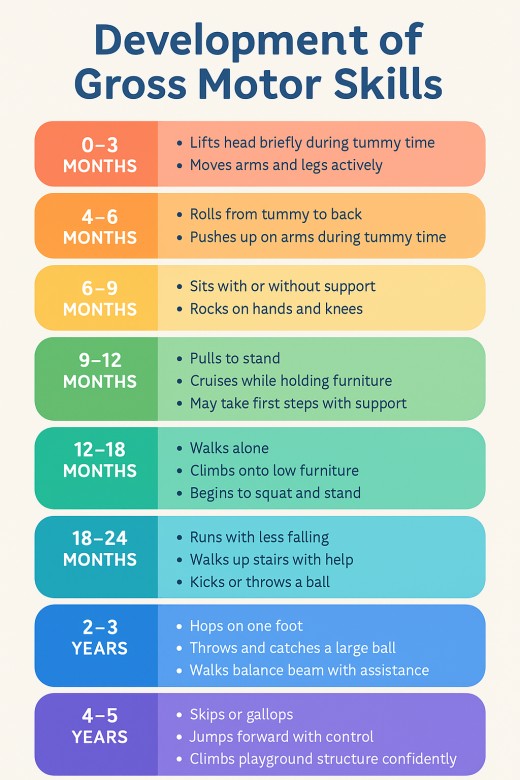
Notes
- Every child develops at their own pace, this chart shows typical ranges, not strict deadlines.
- Motor development is closely tied to practice. Kids who move more, learn more.
- Delays in gross motor skills may affect other areas like social play, self-help skills, or classroom participation. If concerned, consult a pediatrician or early intervention specialist.
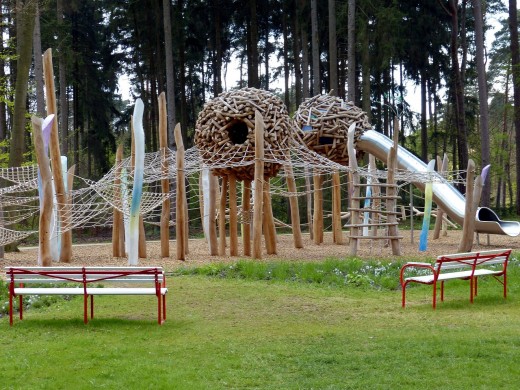
Frequently Asked Questions About Gross Motor Skills Development
What are gross motor skills?
Gross motor skills involve the large muscles of the arms, legs, and core. They allow children to move their bodies in big ways—like crawling, walking, jumping, running, and climbing.
At what age do gross motor skills typically start to develop?
Gross motor development begins at birth. Even young infants practice early movements like lifting their head or kicking their legs. Skills build gradually, with major milestones like crawling, standing, and walking typically developing in the first 18 months.
What are some examples of gross motor milestones in infancy?
- 2–4 months: Lifts head during tummy time
- 4–6 months: Rolls over
- 6–9 months: Sits without support, rocks on hands and knees
- 9–12 months: Crawls, pulls to stand, cruises furniture
- 12–18 months: Walks independently
How can I tell if my child is developing gross motor skills on track?
Every child develops at their own pace, but most follow a predictable pattern. If your child is generally meeting age-appropriate milestones and becoming more mobile and coordinated over time, they’re likely on track.
What are some signs of delayed gross motor development?
- Not rolling by 6 months
- Not sitting independently by 9 months
- Not crawling by 12 months
- Not walking by 18 months
- Stiff or floppy muscle tone
- Avoiding physical play or seeming unusually clumsy
If you’re concerned, it’s worth checking in with your pediatrician.
How do gross motor skills affect other areas of development?
Gross motor development supports fine motor control, balance, confidence, spatial awareness, and even attention span. A strong body helps a child sit upright at a desk, focus in class, and participate in play and learning.
What activities can help strengthen gross motor skills at home?
Try:
- Climbing stairs
- Jumping on a trampoline
- Dancing to music
- Animal walks (bear, crab, frog)
- Scooter or trike riding
- Throwing and catching soft balls
Regular movement helps muscles grow and coordination improve.
How important is tummy time for motor development?
Tummy time is crucial in the first few months. It strengthens neck, back, and core muscles, which are essential for rolling, sitting, crawling, and beyond. Aim for a few minutes several times a day, increasing over time.
Is it normal for some children to walk later than others?
Yes. Some kids take their first steps at 9 months, while others wait until 15–18 months. As long as your child is progressing in other ways and showing curiosity about movement, later walking isn’t usually a cause for concern.
What should I do if my toddler isn’t jumping or running yet?
If your toddler is over 2 years old and isn’t showing interest in jumping, running, or climbing, you can model the behavior, encourage playground play, or try simple movement games. If you’re concerned, bring it up with your pediatrician.
Do screen time or too much sitting affect motor development?
Yes. Long periods of sitting or screen use can limit opportunities for active play. Children need regular, unstructured movement time throughout the day to strengthen their bodies and develop skills naturally.
How do outdoor play and movement impact gross motor growth?
Outdoor play offers uneven terrain, new challenges, and open space, perfect for practicing balance, strength, and spatial awareness. Nature play also encourages risk-taking, coordination, and stamina building.
What role do balance and coordination play in gross motor skills?
Balance helps kids stay upright during movement, while coordination lets different parts of the body work together. Both are key for activities like walking on a beam, catching a ball, or pedaling a bike.
How do gross motor skills support learning in preschool and kindergarten?
Children with strong gross motor skills can sit still longer, transition more easily, and engage fully in classroom routines. Physical coordination also helps with writing posture and fine motor control.
Can low muscle tone affect gross motor development?
Yes. Low tone can make movement feel harder and may delay certain milestones. These children may tire quickly or avoid active play. A physical or occupational therapist can help support progress with targeted activities.
What’s the difference between gross and fine motor delays?
- Gross motor delays affect big movements (walking, crawling, climbing).
- Fine motor delays involve hand and finger control (writing, buttoning, using scissors).
Some children experience both, while others may need extra support in one area only.
When should I talk to a pediatrician or therapist about motor concerns?
If your child:
- Misses multiple motor milestones
- Seems unusually stiff or floppy
- Avoids movement
- Falls often
- Struggles with coordination compared to peers
…then it’s a good idea to bring it up with your pediatrician. Early intervention can be very effective.
What kinds of toys or equipment support gross motor skills?
- Ride-on toys or balance bikes
- Foam climbing blocks
- Trampolines
- Tunnels
- Balls and beanbags
- Hula hoops
- Step stools or low climbing structures
These give kids a fun, hands-on way to build strength and coordination.
How can educators include gross motor development in the classroom?
- Schedule active play daily
- Incorporate movement into songs, routines, and transitions
- Offer climbing, balancing, and jumping stations
- Use gross motor games to support learning (e.g. letter hopscotch)
Movement-rich classrooms help children stay focused, confident, and regulated.
Are there simple activities I can do indoors to support gross motor skills?
Yes! Try:
- Indoor obstacle courses
- Freeze dance
- Animal walks
- Balloon volleyball
- Yoga for kids
- Crawling through tunnels made from chairs and blankets
Even in small spaces, there are plenty of ways to keep kids moving.
Conclusion
Kids aren’t meant to sit still for long, and that’s a gift, not a problem. Every jump, roll, climb, and silly animal walk is helping them grow stronger, steadier, and more confident in their own bodies. When we make space for gross motor play, we’re doing more than just burning energy, we’re giving children the tools they need to move through the world with skill and self-assurance.
The best part? These activities don’t require fancy equipment or a structured gym class. A little creativity, a safe space to move, and a willingness to join the fun is all it takes. So go ahead—lay out a balance beam, crank up the music, and let them leap into learning. Their muscles, minds, and moods will thank you.
This content is accurate and true to the best of the author’s knowledge and is not meant to substitute for formal and individualized advice from a qualified professional.

